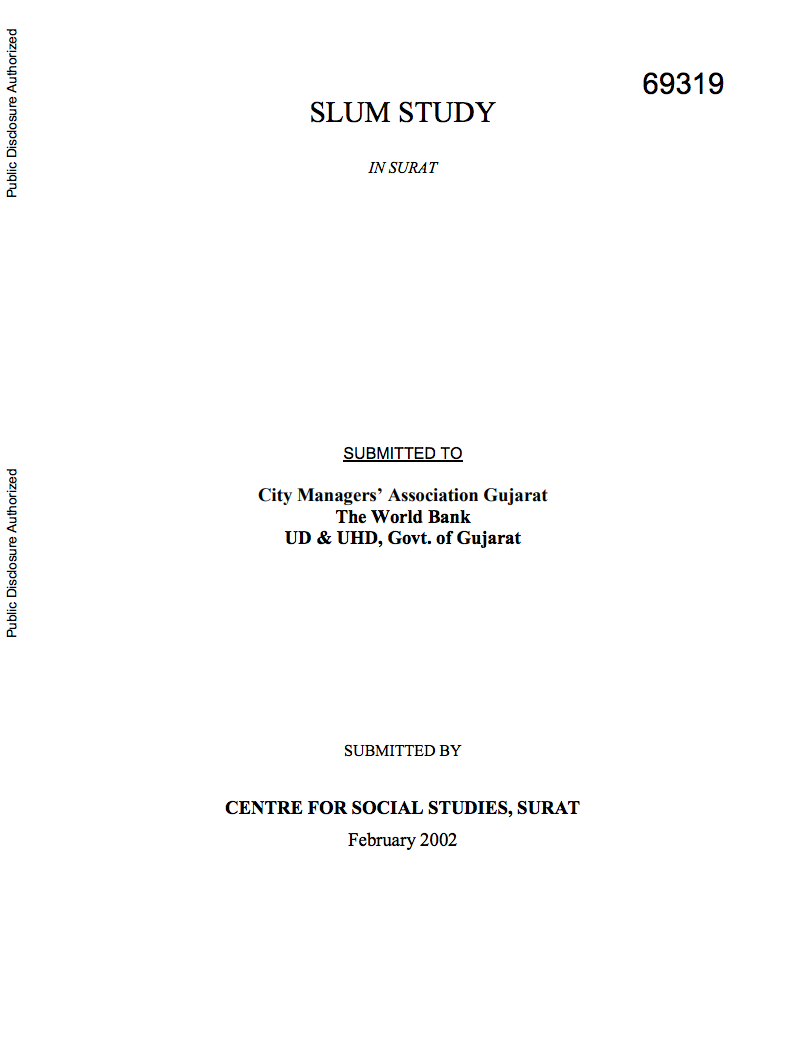Economic Impact of the Political Crisis in Kenya : 2008 and Beyond
This note reviews the performance of key
sectors of the Kenyan economy after the power-sharing
arrangement of 2008. Declines in the agricultural,
manufacturing, and services sectors considered in this note
are estimates. Data collected and information interpreted
provides picture of the broad orders of magnitude
anticipated of the economic decline. Assuming that the
power-sharing arrangement holds and the country returns to


